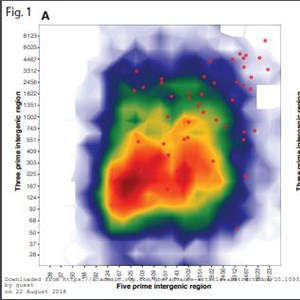Fakta:
Authors:
Ramesh R. Vetukuri, Department of Plant Protection Biology, Swedish University of Agricultural Sciences, Alnarp, Sweden.
Sucheta Tripathy, Indian Institute of Chemical Biology, Kolkata, India
Academy of Scientific and Innovative Research, Ghaziabad, Uttar Pradesh, India
Mathu Malar C, Indian Institute of Chemical Biology, Kolkata, India
Academy of Scientific and Innovative Research, Ghaziabad, Uttar Pradesh, India
Arijit Panda, Indian Institute of Chemical Biology, Kolkata, India
Academy of Scientific and Innovative Research, Ghaziabad, Uttar Pradesh, India
Sandeep K. Kushwaha, Department of Plant Breeding, Swedish University of Agricultural Sciences, Alnarp, Sweden.
National Bioinformatics Infrastructure Sweden (NBIS), Department of Biology, Lund University, Lund, Sweden.
Aakash Chawade, Department of Plant Breeding, Swedish University of Agricultural Sciences, Alnarp, Sweden.
ErikAndreasson, Department of Plant Protection Biology, Swedish University of Agricultural Sciences, Alnarp, Sweden
Laura J. GrenvilleBriggs, Department of Plant Protection Biology, Swedish University of Agricultural Sciences, Alnarp, Sweden
Stephen C. Whisson, Cell and Molecular Sciences, The James Hutton Institute, Invergowrie, Dundee, United Kingdom
